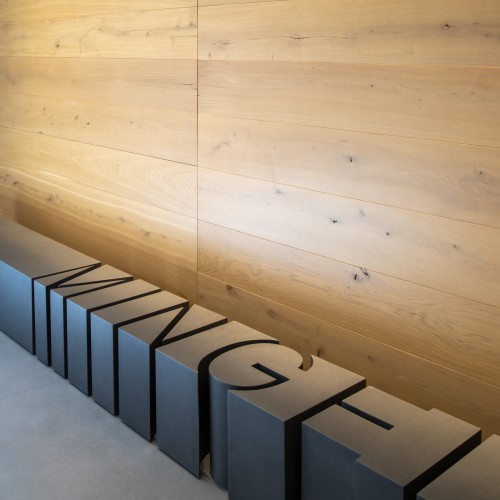Can you describe the design process?
To start, we had to decide how many animals and color variations we needed. The storage system had 4 rows of 12 cubbies, making 48 cubbies total. We settled on doing 12 animals with 4 different colors to have a variety of choices. We already had 6 animals – crocodile, serpent, hammerhead shark, crab, orca, and scorpion – from my previous work as an intern, so we chose six more to work with the ones we already had.
Then, we began looking through Mingei’s online collection of Pre-Columbian art. Once we selected a few objects, I sketched the 6 animals using Procreate on an iPad. I like to start varying the line width after my first sketch because this gives the drawing a gestural quality. The cubbies are my own graphic translations of the Pre-Columbian objects. To create consistency and unify the animals into a family, I created a system of characteristics. For example, there are four different styles of eyes, and the only differences are the size and whether or not they have eyelashes.
After sketching each animal, I went into Illustrator and used the pen tool to develop a cleaner, tighter vector icon inspired by the sketch. Once we were happy with the designs in Illustrator, we prepared the files for digital production. A local company, Glanz, Signing & Graphics fabricated the decals from adhesive vinyl and came to the Museum to install them.














